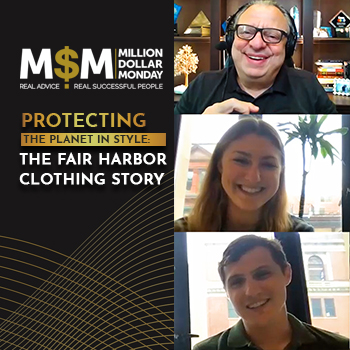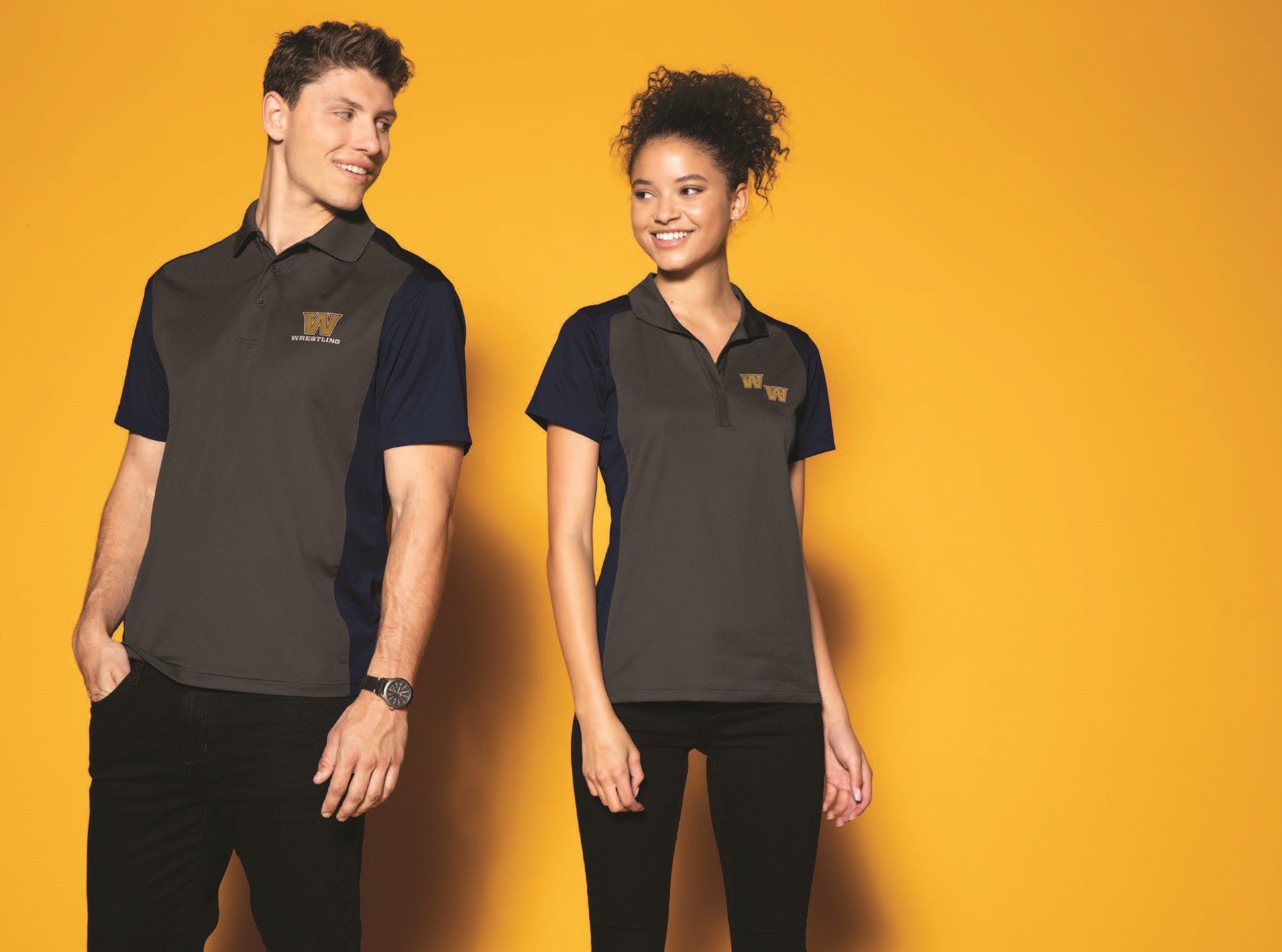The excuse is very “I care too much,” with Nike saying they tried to innovate
The players’ (and fans’) complaints have been heard, and Nike announced that it would make changes to its much-maligned Major League Baseball uniforms. The new Vapor Premier uniforms debuted this year, and were manufactured through a partnership with Fanatics.
Almost immediately, fans noticed “quirks” like small player names and mismatched colors—which was especially egregious for storied franchises with strong identities like the Cubs.
Once play actually began, more issues like see-through and ill-fitting pants, as well as what seemed like different shades of road gray uniforms.
@Fanatics @Nike is it too much to ask that the gray jerseys be the same color as the gray pants? pic.twitter.com/8Ygj3BEleL
— Shube (@jshubert47) March 10, 2024
Overall, it just didn’t go well, and Nike announced that it will try to make good.
According to ESPN, the new unis will hit the ballparks by “at latest” the beginning of the 2025 season.
Nike admitted in a memo to players that this fiasco “has been entirely a Nike issue,” but still leaned into a bit of a “I just care too much” defense of itself, saying “At its core, what happened here is that Nike was innovating something that didn’t need to be innovated.”
Fanatics also admitted that it “recognizes the vital importance of soliciting player feedback, obtaining player buy-in, and not being afraid to have difficult conversations about jerseys or trading cards,” while subtly throwing Nike under the bus a little, adding, “Our hope is that, moving forward, Nike will take a similar approach.”
Woof.
High profile client aside, this looks like a troubled relationship between supplier and decorator partners, with neither fully willing to take any complete responsibility, and willing to throw subtle shade at the other.
It’s especially frustrating to read Fanatics’ response about soliciting player feedback when you remember the jerseys received plenty of player feedback.
“We cautioned Nike against various changes when they previewed [the new uniforms] in 2022, particularly regarding the pants,” a memo from the MLB players union said, according to ESPN. “MLB had been, and has been, aware of our concerns as well. Unfortunately, until recently, Nike’s position has essentially boiled down to: ‘nothing to see here, players will need to adjust.'”
Again, woof.
This is a particular situation, where the end-user is simultaneously MLB players and the fans who buy the products—for high price tags. You can think of the players as workers outfitted by the supplier and distributor, and they are unsatisfied with what they have been given.
The fans, too, are end-users that buy their product, and they are unsatisfied at the products’ quality relative to its cost.
Nike is probably the biggest name in sports merchandise. This is the sort of thing that its reputation can and will probably survive. But its PR effort to recruit players to hype up the uniforms—even when everyone could see with their own eyes that the grays don’t match and that we can see what looks like a diaper when the shirts were tucked in—is still a bad look. It makes Nike look bad and it makes Fanatics look bad, too.
For suppliers and distributors and apparel and beyond, there are a few lessons to be learned here. The first is to actually listen to your end-buyer about what they want and what the end-users will want. Don’t simply “innovate something that doesn’t need to be innovated,” or try to get cute trying to build a better mousetrap.
The second is not to throw your partners under the bus, whether it’s a supplier, decorator, or distributor. People will remember, and ultimately it doesn’t rectify the issue. While Fanatics and Nike fight, pitchers are still throwing in ill-fitting pants and Shohei Ohtani is blasting home runs in what looks like a diaper under gray pants that don’t match the shirt.



